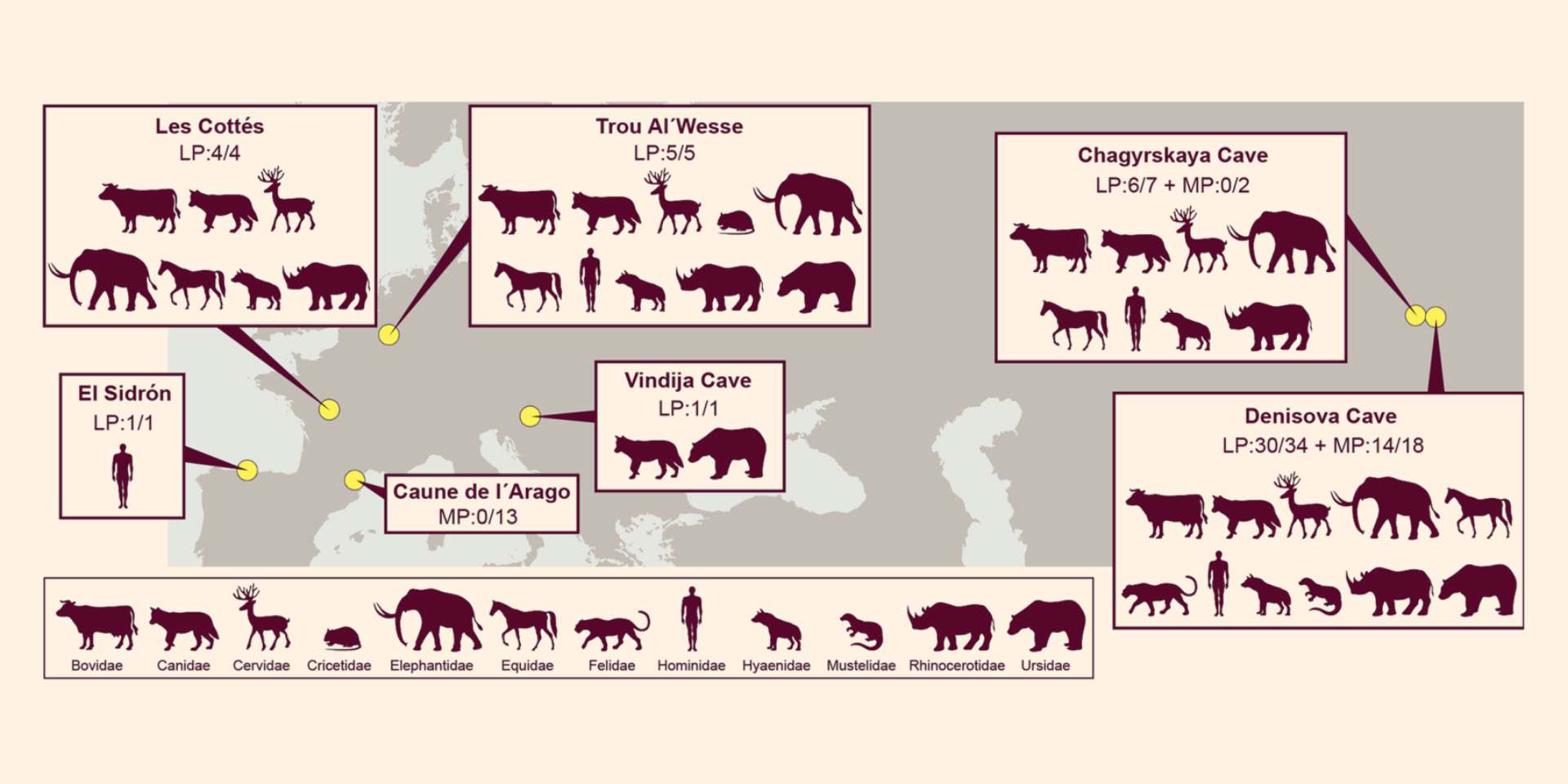There are now new methods to find traces of ancient DNA, even in the absence of skeletal remains. Researchers at the Max Planck Institute in Germany have developed a new method to retrieve hominin DNA

Researchers of the Max Planck Institute for Evolutionary Anthropology in Leipzig, Germany, have looked into new ways to get hold of ancient human DNA. The researchers have been able to track down Neanderthal and Denisovian genes by simply digging up their ancient DNA from the ground.
By retrieving hominin DNA from sediments, we can detect the presence of hominin groups at sites and in areas where this cannot be achieved with other methods,”
– Professor Svante Pääbo, one of the researchers behind the study.
From sediment samples collected at seven archaeological sites, the researchers were able to fish out fragments of mitochondrial DNA (mtDNA) that had once belonged to a variety of mammals, including our extinct human relatives.
These 130,000-year-old sediment samples were taken from archeological sites where Neanderthal or denisovian presence is known or have been suspected. From, for example, caves in Europe and Russia. Some of which that contain tools and other human-made artifacts, but skeletal remains of ancient humans are rare or even non-existent.
Svante Pääbo believes the discovered DNA is of ancient excrement and blood, that these people left behind in the caves. The DNA then binds to minerals in the soil, and the researchers are able to extract it from the particles.

In addition to Neanderthals and Denisovan DNA, the researchers are also able to find the presence of 12 mammalian families, including extinct species such as the woolly mammoth, woolly rhinoceros, cave bear and cave hyena.
“I think and hope this will become a standard method of archeology and paleontology in the future. By default, you will take sediment samples when doing excavations, to see which animals and people have lived in a certain place in the past”
– Svante Pääbo.
In 2010, another team led by Svante Pääbo sequenced the mitochondrial DNA from a finger found in a Russian cave named ‘Denisova Cave’ and then realized that it belonged to a previously unknown hominid. That was how the world discovered the existence of Denisovans, and we know more about them through their DNA than through their bones.
This new technique could prove revolutionary, enabling researchers to discover ancient human ancestors without discovering a single skeleton remain. Archeologists and paleontologists are no longer dependent on finding skeletal remains to map the presence of early humans or animal activity and the recent discovery of 130,000-year-old human activity in the Americas would certainly appear especially well-matched.
Reference:
Viviane Slon et al., 2017. Neanderthal and denisovan dna from Pleistocene sediments. Science.











![OpenAI. (2025). ChatGPT [Large language model]. https://chatgpt.com](https://www.illustratedcuriosity.com/files/media/55136/b1b0b614-5b72-486c-901d-ff244549d67a-350x260.webp)
![OpenAI. (2025). ChatGPT [Large language model]. https://chatgpt.com](https://www.illustratedcuriosity.com/files/media/55124/79bc18fa-f616-4951-856f-cc724ad5d497-350x260.webp)
![OpenAI. (2025). ChatGPT [Large language model]. https://chatgpt.com](https://www.illustratedcuriosity.com/files/media/55099/2638a982-b4de-4913-8a1c-1479df352bf3-350x260.webp)








